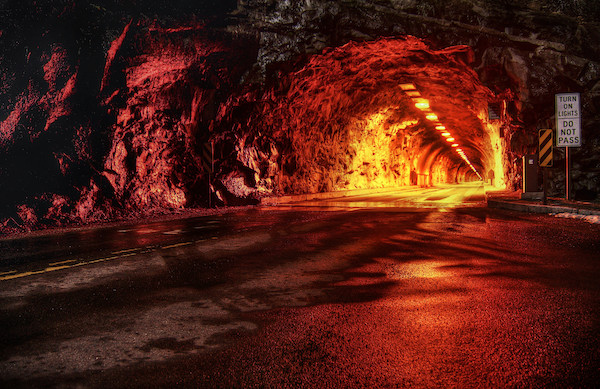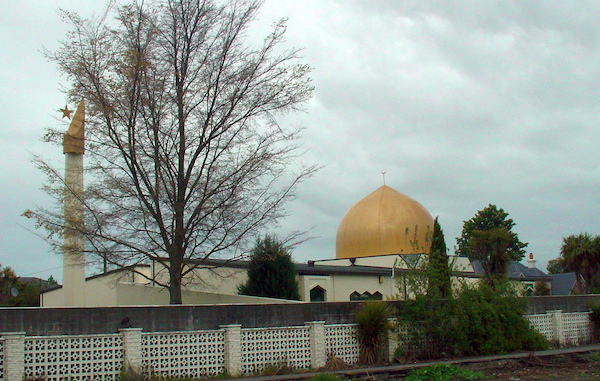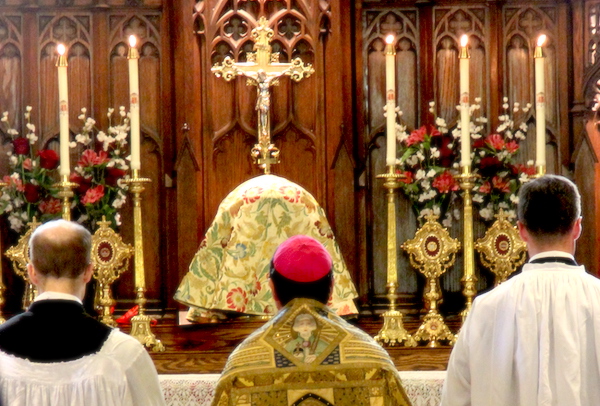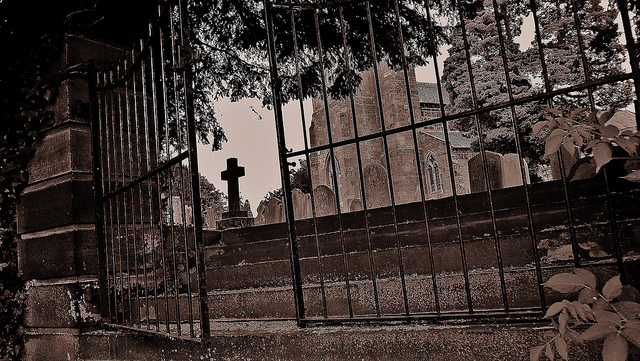Destruction at Easter
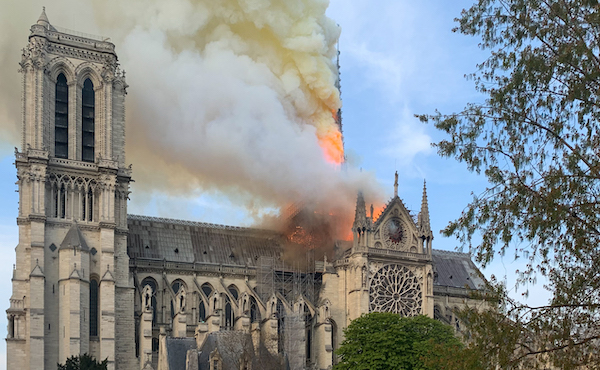
As news broke of the fire at Notre Dame, the world united in shock and sadness.
This Parisien icon had towered over the landscape for 850 years, and yet it now had succumbed to the power of fire.
Some might say it’s only a building, but there is a good reason why the citizens of Paris wept over its destruction.
For many, it was a place where they came to meet with God, and for others, it was a symbol of European Christianity.
For me, I was reminded of another, impressive place of worship that also suffered enormous destruction.
The Second Temple of Jerusalem was deliberately destroyed by Romans in 70AD, yet decades before, that Temple had become redundant as a place of worship.
For, at the very moment that Jesus died, the Bible records that the giant curtain of that temple was torn in two.
No longer was that stone building in Jerusalem to be the place to meet God, for now they would meet him in Jesus Christ.
For Jesus once said, “Destroy this temple, and in three days I will raise it up.” […] But when Jesus said, “this temple,” he meant his own body. (John 20:19,21)
It is natural for us to feel sentimental about our buildings, and it was right to be sad when Notre Dame and the Temple of Jerusalem were damaged or destroyed.
Yet, the greatest destruction was on the first Good Friday, when the Son of God was executed as an innocent man on behalf of those who trust in him.
However as promised, Jesus was raised from the dead on Easter Sunday, and with his resurrection comes a certain hope that can never perish, spoil or fade.
This Easter, as you reflect upon the fragility of life and the certainty of our own passing, it is a great time to trust in Jesus and enjoy the forgiveness he offers and the hope he promises.
JODIE McNEILL


